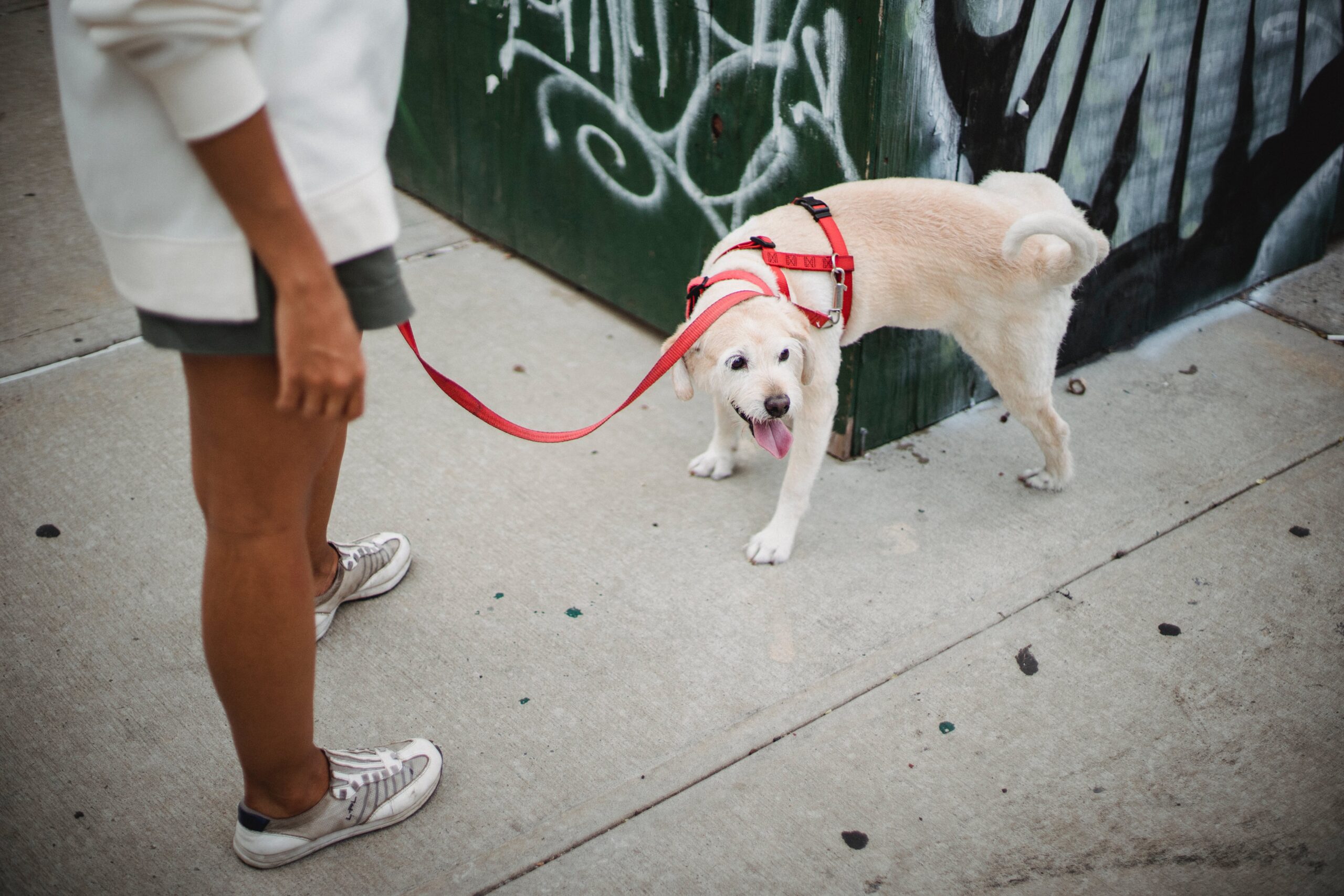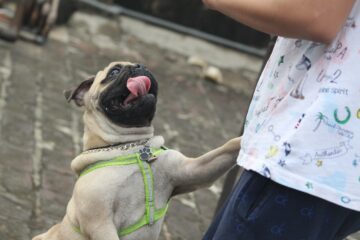Dealing with a dog’s habit of urinating in the house can be a frustrating challenge for pet owners.
However, with the right guidance and effective strategies, you can address this behavior and create a clean and hygienic living environment for both you and your furry friend.
In this comprehensive guide, we’ll explore expert tips and proven methods on how to stop a dog from urinating in the house.
By understanding the underlying causes and implementing corrective measures, you can achieve a successful resolution to this common canine issue.
Let’s embark on a journey to promote proper bathroom habits and foster a clean, stress-free home for you and your beloved pet.
Table of Contents
How to Stop a Dog from Urinating in the House – House Training Hacks
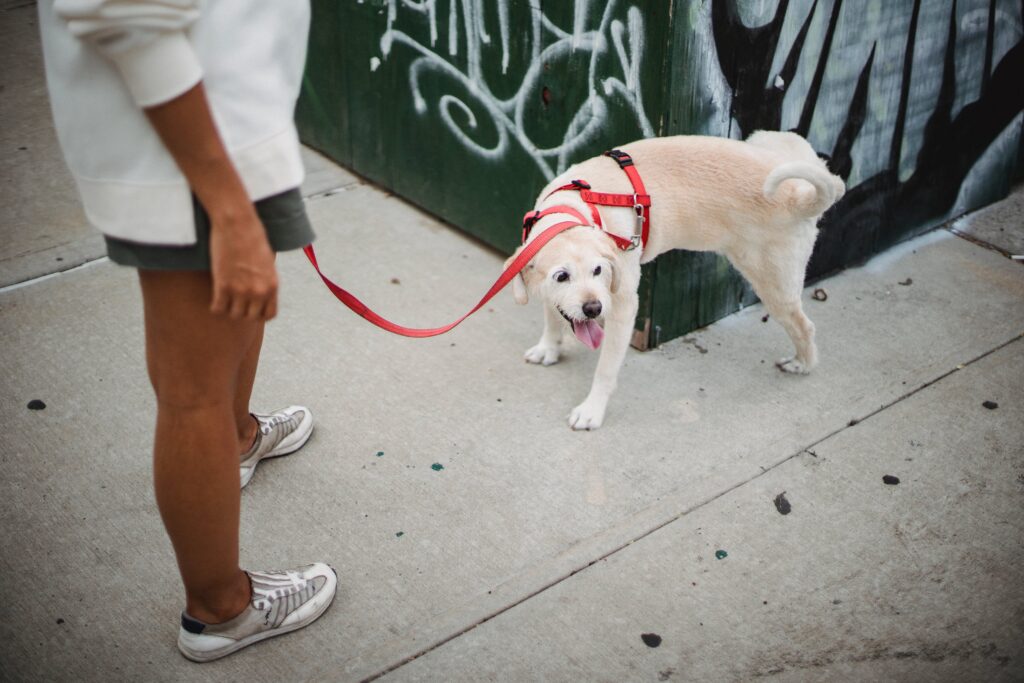
1] Understanding the Underlying Causes: Is It Behavioral or Medical?
Addressing indoor urination starts with playing detective.
Is it a behavioral quirk or could there be an underlying medical issue at play?
Behavioral causes like anxiety or territorial marking might be the culprit, but don’t dismiss the possibility of medical concerns such as urinary tract infections.
Understanding the root cause sets the stage for targeted solutions.
2] Creating a Designated Bathroom Area: Clear Communication
Time to establish the canine equivalent of a bathroom sign.
Designate a specific outdoor spot for your pup to do their business.
Consistency is key—visit this spot regularly, creating a scent association that says, “This is the spot.”
Clear communication about where to go helps your dog avoid confusion and keeps your floors accident-free.
Dogs do speak, but only to those who know how to listen
– Orhan Pamuk (author, My Name Is Red)
3] Cleaning and Neutralizing Indoor Accidents: Eliminating Scent Markers
Forget CSI; we’re talking Canine Scent Investigation.
Thoroughly clean and neutralize indoor accidents to erase any lingering scent markers.
Enzymatic cleaners are your secret weapon, breaking down odor molecules and preventing your dog from turning the accident scene into a repeat performance.
4] Addressing Anxiety and Stress: Calming Techniques
Sometimes, indoor urination is a canine stress response.
Identify stressors, like changes in routine, and create a zen zone for your pup.
Consider pheromone diffusers or soothing tunes to ease their anxiety.
It’s like a spa day for your furry friend, minus the cucumbers on the eyes.
Establishing a designated bathroom area provides clear cues to your dog and reinforces the desired behavior
5] Regular Veterinary Check-ups: Ruling Out Medical Issues
Cue the annual check-up!
Regular vet visits are your ticket to ruling out any medical mysteries.
Urinary tract infections or other health concerns may be the hidden culprits behind indoor accidents.
Let the vet assess your pup’s health and guide you on potential medical interventions.
6] Establishing a Consistent Bathroom Routine: Reinforcing Good Habits
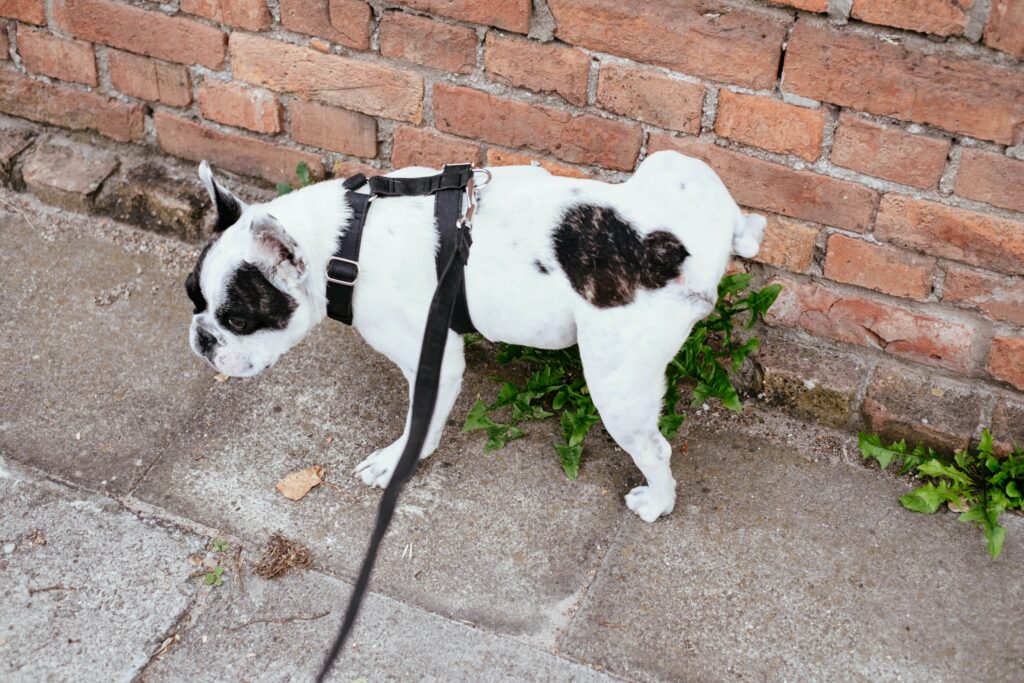
Picture this: a doggy routine that rivals your morning coffee ritual.
Creating a consistent bathroom routine is like setting the stage for success.
Take your pup outside regularly, especially after meals, playtime, and waking up.
The key is consistency.
Praise and reward them when they do their business outdoors, reinforcing good habits that make indoor accidents a thing of the past.
7] Proper House Training: Building a Foundation of Behavior
Welcome to Doggy Bootcamp!
Effective house training is the cornerstone of a well-behaved pup.
Supervise them indoors, and when you catch them mid-act, it’s a quick trip outside.
Positive reinforcement for outdoor urination builds a foundation for good behavior.
It’s the equivalent of teaching your dog the house rules, one pee break at a time.
8] Professional Training Assistance: Expert Guidance
When all else fails, call in the pros.
Certified dog trainers are the superheroes of the canine world.
They’ll assess your pup’s behavior, identify specific challenges, and provide personalized strategies to conquer the indoor urination saga.
It’s like having a personal coach for your four-legged friend.
9] Use Indoor Potty Options: Practical Solutions for Certain Situations
Sometimes, life happens, and outdoor access is limited.
Enter indoor potty options—pee pads or artificial grass.
Train your dog to use these designated areas for relief, minimizing accidents and providing a suitable alternative for those times when Mother Nature isn’t cooperating.
• Limited outdoor access? Try indoor pee pads or artificial grass. • Train your dog for indoor relief to prevent accidents. • Useful for bad weather or challenging outdoor situations. • Establish a routine for a clean indoor environment. • Handy for puppies or senior dogs with mobility issues.
10] Implement a Feeding Schedule: Predictable Bathroom Breaks
Say hello to mealtime predictability!
Establishing a regular feeding schedule for your dog sets the stage for effective house training.
Predictable bathroom breaks following meals become a routine, helping you anticipate when it’s time to go outside.
It’s like synchronized doggy calendars, minimizing surprises.
11] Increase Outdoor Exercise: Channeling Energy Appropriately
A tired dog is a happy dog, right?
Ensure your pup gets enough outdoor exercise to burn off excess energy and reduce anxiety.
Regular physical activity becomes a cornerstone of a healthy routine, positively impacting behavioral issues like indoor urination.
12] Adjusting Water Intake: Managing Bathroom Urgency
Time for a hydration strategy!
Monitor your dog’s water intake, especially in the evening.
Adjusting their water consumption can help manage nighttime bathroom urgency, ensuring a good night’s sleep without any unwelcome indoor surprises.
How to Stop a Dog from Urinating in the House: Frequently Asked Questions
Can indoor urination be a sign of a medical problem?
Yes, indoor urination can indicate underlying medical issues such as urinary tract infections or bladder problems. Regular veterinary check-ups are essential to rule out potential health concerns.
How long does it take to stop a dog from urinating indoors?
The duration varies based on factors such as the dog’s age, previous training, and underlying causes. Consistent efforts, patience, and a combination of training techniques can lead to positive results over time.
Are certain dog breeds more prone to indoor urination?
While some breeds may be more prone to certain behaviors, indoor urination is not limited to specific breeds. Effective training and understanding individual needs are essential for all dogs.
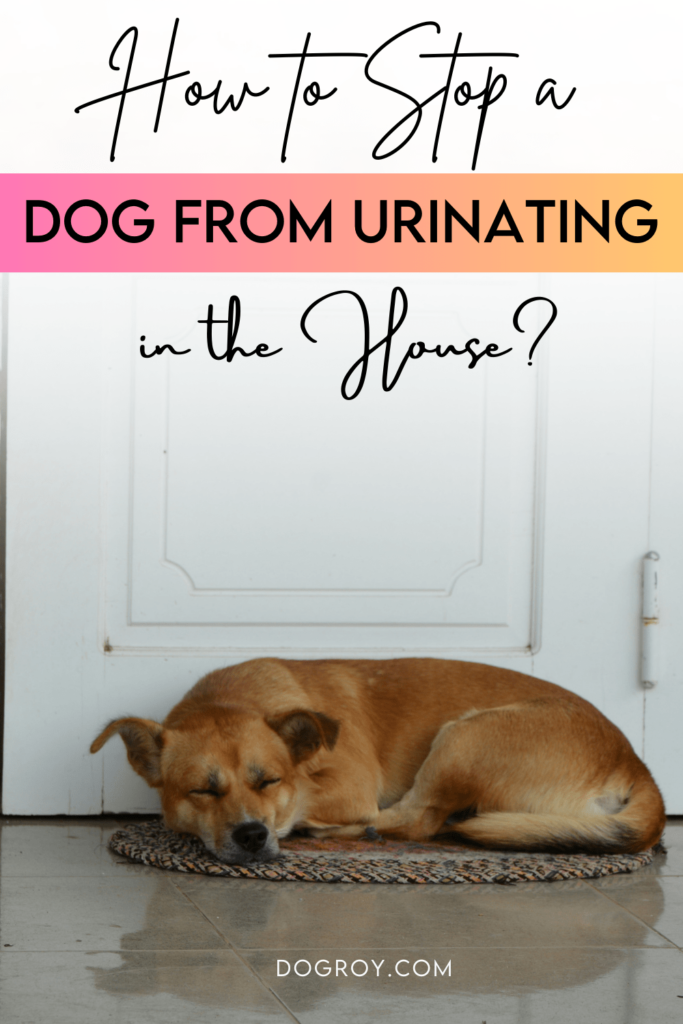
Conclusion:
Addressing and stopping a dog from urinating in the house requires a combination of patience, consistency, and understanding.
By identifying potential causes, implementing positive reinforcement, and establishing a regular bathroom routine, you can effectively modify your dog’s behavior.
Remember, every dog is unique, and the key lies in adapting these strategies to suit your pet’s specific needs.
With dedication and a proactive approach, you can create a harmonious living space where your canine companion thrives, and both you and your pet enjoy a clean and comfortable home.

